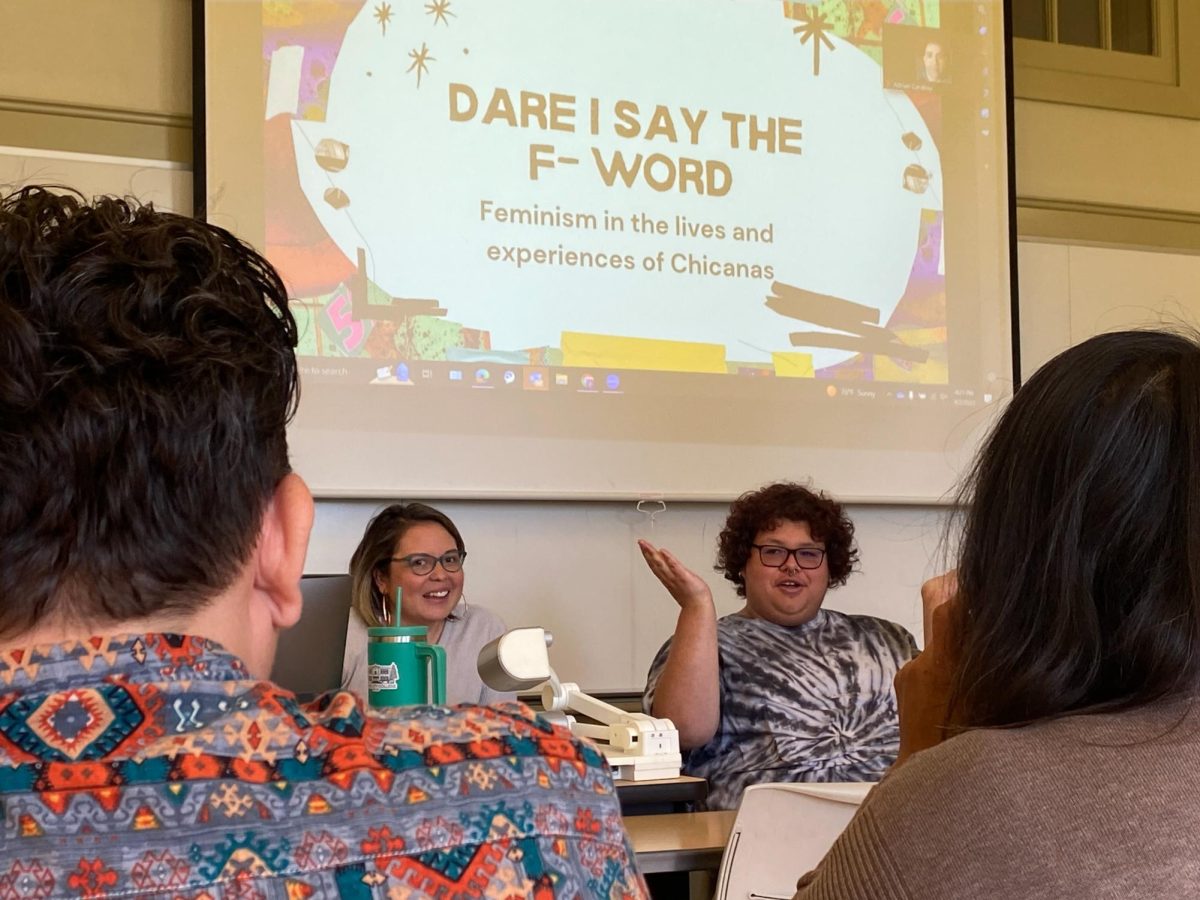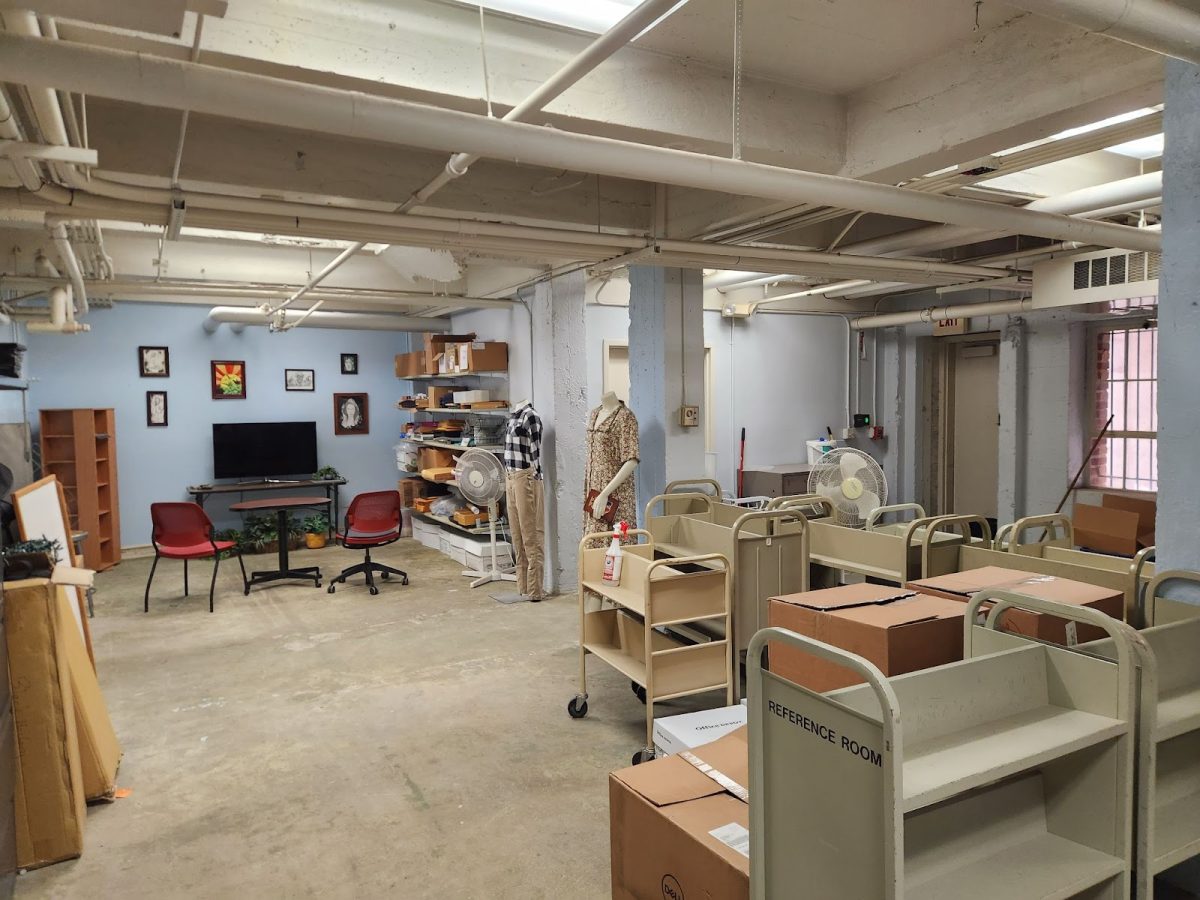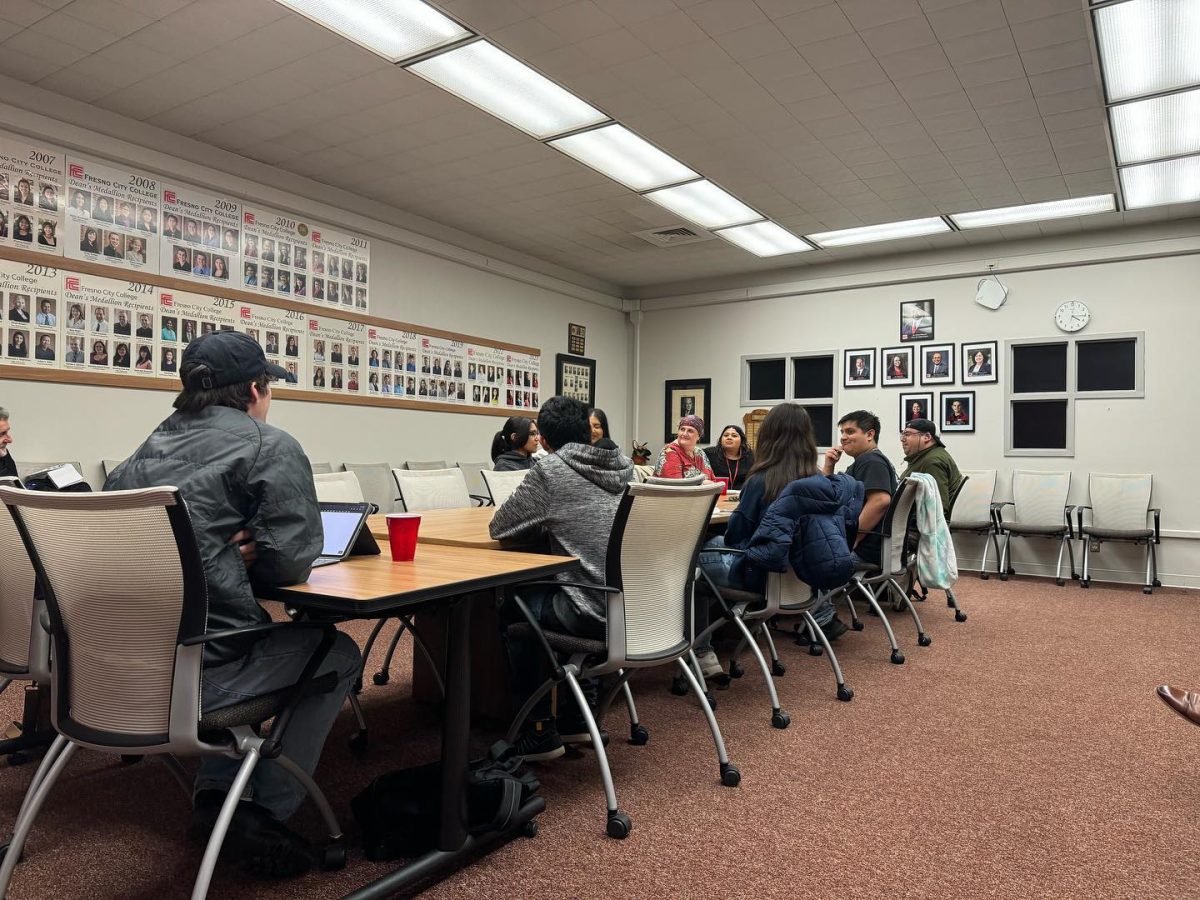In 2006, Philosophy Instructor Wendell Stephenson went on a sabbatical leave which allowed him four months off from his usual teaching load.
In those four months, Stephenson did the most intense and productive scholarly thinking he has ever done. The time off helped Stephenson to enhance his teaching as he was able to read, research, develop ideas and write papers to use for his courses at Fresno City College.
When Stephenson resumed his duties, he returned with more ideas that helped him to teach his students more effectively and to interact better with his colleagues.
“I actually worked harder during my sabbatical,” said Stephenson who described long days of researching and reflections; he was often working from morning to night.
Now Stephenson and other instructors teaching across campuses in the State Center Community College District are fighting to restore sabbatical leaves, which are intended to give an instructor time off from teaching every seven years in order to do research and enhance their teaching.
At last week’s Board of Trustees meeting, faculty members representing FCC, Reedley College and the North Centers spoke about the actual costs of denying faculty sabbatical leaves. Many recounted what they had planned to achieve during their leaves and how these plans would ultimately benefit their students.
“The board decided on their own without negotiating with us to give us zero sabbaticals as opposed to the 12 they have been giving us,” said Stephenson. “When they unilaterally decided to give us zero, the union protested. We believed our contract required that they negotiate with us over any reduction of sabbaticals.”
Representatives of the State Center Community College District had argued that the sabbatical leave provision in the collective bargaining agreement provides them with discretion regarding whether to award sabbatical leave or not. They maintained that the sabbatical leave provision sets forth an application and approval process but does not guarantee that the district will grant any particular number of sabbatical leaves.
Additionally, the district contended that the collective bargaining agreement language regarding financing up to a maximum of 12 sabbatical leaves shows that while there is a ceiling on the maximum number of sabbatical leaves that could be granted, there is no floor.
The case eventually went to an arbitrator who ruled in favor of the board, stating it is within the district’s legal right to not fund the sabbatical proposals.
“When the ruling came, it galvanized many of us in the faculty,” said Stephenson who then wrote a letter urging the board to restore sabbaticals. The letter, still posted on the union website (http://scftunion.org) and signed electronically by 78 members of faculty, was also delivered to the members of the board by Stephenson himself.
In his letter, Stephenson described his dismay at the board’s position regarding sabbatical leaves, “You apparently think sabbatical leaves of such little worth to the faculty, the students and the colleges that make up SCCCD.”
Lacy Barnes, president of the State Center Federation of Teachers, Local 1533, said, “It was a blow to the morale of the faculty.” She added that she has never seen this occur in her 20 years with the district.
”There’s a conscious effort to cut back, but the district values sabbaticals and has for decades. And there is still an intent to find a way with sabbaticals. It may not be 12, but Dr. Blue and the board value sabbaticals,” said Randy Rowe, Assistant Vice Chancellor for Human resources at SCCCD. ”It has nothing to do with the value of sabbaticals. If the economy gets better, I believe the intent of the board is to provide sabbaticals.”
In July, faculty members whose sabbatical applications had been approved by the various colleges and recommended to the district received a letter from the SCCCD chancellor, Deborah Blue. Blue had stated that she would not recommend to the board to fund the sabbatical leaves because of the district’s budget shortfalls.
Stephenson acknowledges the general economic malaise. ”We realize the state budget is bad and that painful cuts have to be made—we’ve already acknowledged this by foregoing a long standing contract salary formula—but this is a very painful cut that brings in very little given the benefits foregone by denying sabbaticals,” he argued.
Several faculty members questioned the accuracy of the chancellor’s claims about the budget, especially in light of the revelation that the district added $7 million to its surplus account in the same year.
Stephenson’s letter stated, “You are willing to save what we calculate to be at most $181,699.20 per year . . . on the assumption that 12 full-time faculty are granted sabbaticals in a given year with current part-time faculty replacement costs.”
Communication instructor, Jerry Thurston recently filed a sabbatical proposal in order to establish a “safe zone” program at Fresno City College. The program is designed to make the campus safe for the gay, lesbian, bisexual, and transgender population. Thurston said he had hoped to visit other campuses and look at how they implement their safe programs. Although Thurston’s proposal was approved by the sabbatical committee at Fresno City College, it was not funded by the district.
“A lot of people think sabbaticals are just a paid vacation for professors, and that›s completely incorrect. We have to do a serious proposal and then we have to demonstrate to the community when we come back that we did the things we said we would do,” Thurston said. “And it has to contribute to the campus community.”
Stephenson also said he worries that the public may have the wrong perception of sabbaticals and that there may be doubt in the public’s mind about the value of sabbaticals which is important because the board is selected by voters.
“It may be because the average workers think they don›t get sabbaticals and yet they are paying for somebody to get time off. I sympathize with that,” said Stephenson. “I would like for sabbaticals to be more widely available, but college education is a distinctive field, where a premium is placed on staying as current as you can with the research being done in the field.»
To show how tedious getting a sabbatical leave is, Stephenson’s letter laid out the process of receiving a sabbatical in the district. Faculty members are required to turn in an application that demonstrates their service to their respective colleges, either since joining the college or since their last sabbatical. If there is not enough evidence of service to the college, the application is denied.
The application obliges each faculty member to describe his or her sabbatical project and to show how the project will benefit the college and the students, as well as how it will enhance the quality of the faculty member’s teaching at this or an another campus site. After completion of their sabbatical leave, instructors are required to show what they gained during their sabbatical leave.
Even with the present stalemate, the union remains hopeful. “If not all of them now because of the difficult budget,” said Stephenson, “then when the budget turns around, we hope they restore all of them.”






